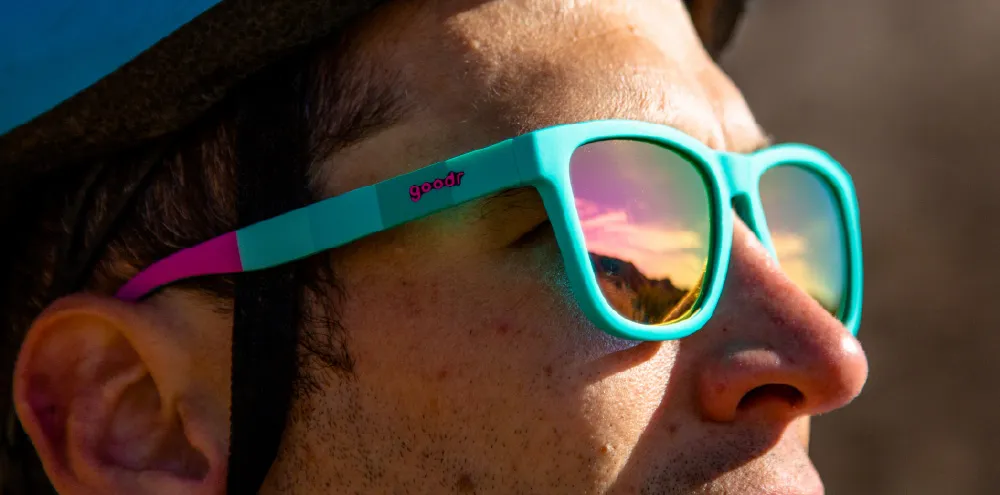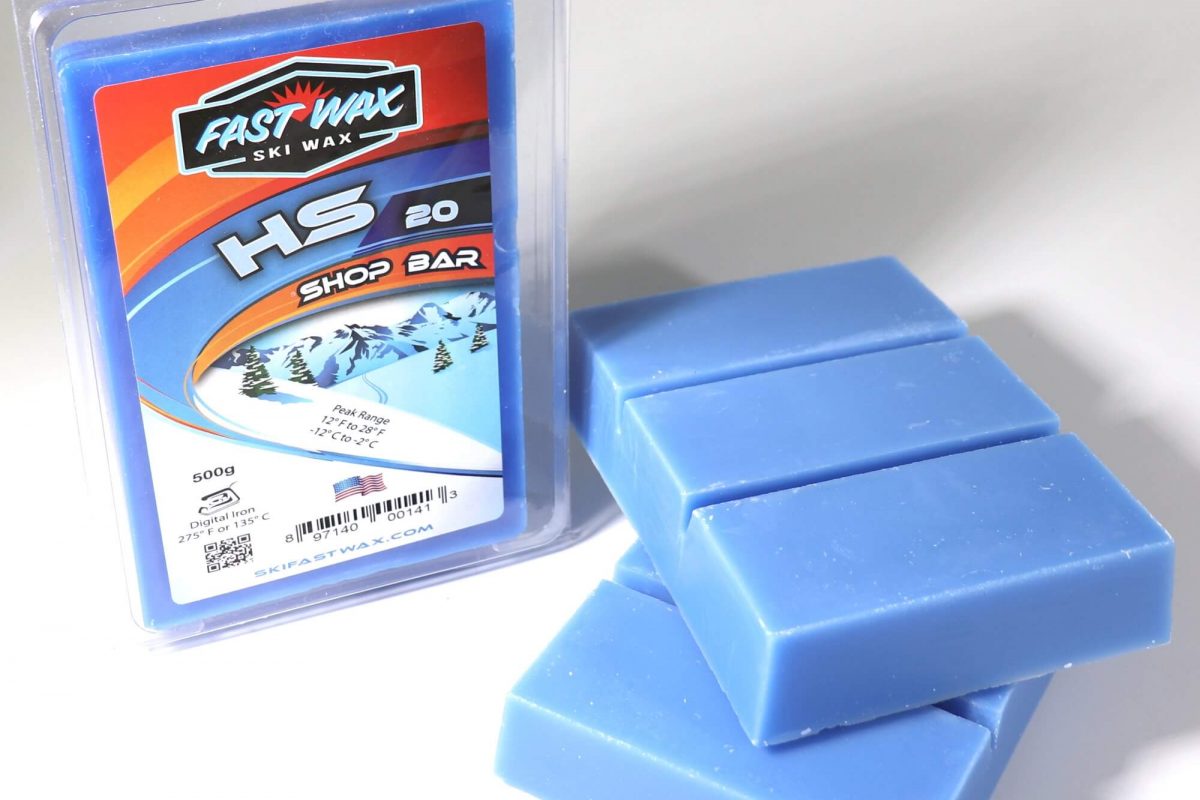Editor's Note: The following does not necessarily represent the views of FasterSkier.com, its editors, or sponsors. We fully support open dialogue on the issues raised in the following article. Please feel free to use the comments section to express your views.
So why aren’t we getting good results at the international level? Lots of reasons.
First of all, our skiers are not training enough. The present US staff is correct in urging more training because we know that some of the world’s top skiers are now training up to 1600 hours a year. Figure that one out. That’s about four hours and 15 minutes per day. If you take a day off now and then, it increases your load for sometime in the future, if you want to average over four hours a day.
How does one get to 1600 hours? Well, if you use an old Finnish formula dating back to the Dark Ages when I was racing, which dictated an increased load in hours of 10% a year, and if you start as a sixteen-year-old at 400 hours, well— no, don’t figure it out. It’s too discouraging, but that’s what we’re up against. Better to hope your sixteen-year-old is already at 600 hours per year and then take it from there. You can use binomial expansion, pencil and paper, and find out that in order to double your hours to 1200— which is a very significant number— it will take between seven and eight years. To get to 1600 years at a 10% yearly increase would take about ten years. The clunker here is clear— how many sixteen-year- olds are training 600 hours a year now? There’s a way around this dilemma by increasing your load 15% a year, but that path has big risks.
So, no matter what approach you take, you can see that reaching the top in training hours is a long-term process. We’re hampered from the start in the US because of our penchant for instant success and instant gratification. The Park City program illustrates this problem in a way because the Team does not have much patience for skiers who don’t produce good results after a few years. This creates turnover in athletes, and of course there has always been turnover in the coaching staff. That makes it a tough haul.
Add to this the overwhelming problem of what happens to an athlete’s future if he/she moves to Park City and stays there for ten years (or more) in order to get coaching. There are so many things wrong with this possibility that I won’t mention them all. But I will note this: Many European and Scandinavian skiers have good prospects for future employment by dint of their skiing success. This does not happen very often in the US, particularly with cross- country skiers. So any skier with an eye on the future has to train at something else—schooling, apprenticeships, work, etc— while simultaneously training for many years at skiing. Park City really isn’t the place to do this: it doesn’t have the milieu of a cross-country ski town to begin with, and it’s doubtful any veteran skier would want to live there for a long time, let alone settle down there.
For years and years the USST has suffered from what I call the Al Haig syndrome: “I’m in charge here.†The USST puts big pressure on the top team athletes to move to Park City for training, so they can be under the tutelage of the coaches. But the minute a good skier leaves his/her community, it creates a gap or vacuum there. Inspiration for the weaker skiers disappears and the whole local program suffers. The USST hires a new coach, gives him or her a jacket, and suddenly they are in charge. In some cases they are giving directions to other coaches under whom they served before moving to Park City. In some cases, the athletes are not allowed much freedom. It’s more like a Marine Boot Camp than a Summerhill, that’s to be sure.
A couple of summers ago, members of the US alpine team threatened a strike when the coaches were debating imposing various restrictions. Then the administration wisely decided to bring the athletes in on the discussion, and apparently, they finally came out with some sort of compromise. (We don’t hear much about these negotiations in the hustings.)
One of the new dictates was that coaches could not have a drink with any of the athletes. I thought this was a remarkable ruling, straight out of the Victorian era. I’ve been known to savor a beer or two, and if they had imposed that rule during my coaching career they might have gotten rid of me earlier, because I always thought having a beer with the athletes was great. It was a different situation than that on the snow, different setting, different atmosphere, and often it was easier to communicate. I felt we got a lot of “work†done while drinking beer.
A lot of people know that Bode Miller has not had it easy with the staff and administration of the USST. I won’t go into the history of this saga, but suffice it to say he will be skiing on his own next year. He has been mishandled by the staff in the past, and the problem is that they were trying to handle him in the first place. Some coaches would have given him more free reign. Who knows what the results would have been? But the “I’m in charge†approach surely doesn’t work for everyone, especially a guy like Bode.
This leads me to ask whom the skiers are performing for. When I coached the cross country team in 1972, just before we left the states for Japan, we were all mustered (as in the Marines) into an auditorium, and one of the Olympic House officials gave a short speech. Then, with a catch in his throat, he announced, “Ladies and Gentlemen, the president of the United States.†I expected to see Nixon trot out onto the stage, but oh no, it was a movie featuring the president with a pep talk about upholding the honor of the US and all that sort of thing. It didn’t sell with most of the athletes.
Anytime undue focus is put on performing for the US, for instance, it often goes awry. We were so eager for the “Best in the World†position at the last Olympic Games that the press, coached by the spin control doctors from Park City, expected Bode Miller to walk away with five medals. You know the results.
Cross country skiers who spend long periods of time in Park City, under the aegis of the Team, naturally get fed a lot of happy talk. Everything is great, the team is improving, training is superb, attitudes are good and so on. Coaches work on building esprit de corps and this is all fine. But the minute any team official suggests that for all the support an athlete is getting, he/she should jolly well shape up, follow regulations and do the best possible for the United States, there come problems. Skiing is an individual sport and many athletes take it up for that very reason. Except for some team scoring in events like relays and team jumping, skiing is not a team sport. We have to face it. A large number of individuals ski in order to measure their own improvement against standards they may set for themselves. Or they may want to do well for the folks back home, for their parents, or some of their first coaches, or for their community or ski club or whatever. If they make the US Team along the way, so much the better. So we run the risk of expecting loyalty from different sources when skiers spend a long time in PC. It can tear at them.
There’s another, more subtle problem with the Haig syndrome and I daresay there are hundreds of ski coaches around the country who fall into this trap. Many coaches want to be in charge, want to dictate workout schedules, and program the whole bit. As I’ve told a lot of people, computers have spawned a whole new breed of coaches, because now they can ask their athletes to keep accurate training logs, then look at the logs on a computer, make bar graphs or whatever, and offer advice for different loads at different training zones. For instance: “Let’s see, you did 210 hours at level two last year and maybe that was too much. Why don’t you aim for 180 this year?†And so on. This is a strange approach to coaching.
Now there’s no doubt the top athletes benefit from monitoring and the USST is pretty good at this. But we all have to remember that it’s basically in the athletes’ best interest if they can figure out for themselves appropriate workloads, rest intervals and the whole approach to getting in better shape. After all, it’s the athletes who wear the bibs, and if they become too dependent on coaching of all sorts, and their results are not satisfactory, they can lay the blame on the coaches. In the process, they don’t learn enough about their own capacities. That’s not the way it should be. The athletes should be encouraged and told to take more ownership for their results. It’s a learning process. And it takes time, don’t forget that.
Then there is the altitude question at Park City. I know of no other team whose skiers spend so long at altitude for their training. But here we can get disagreements over what other countries do about altitude, what’s best, and so on. Suffice it to say I think it’s a mistake.
I once suggested that countries other than the US don’t require their skiers to pull up stakes and move in order to be a part of a national team. I was told by a staff member that such and such a country did exactly that, and I suppose that was the justification. Since making that suggestion, I have learned there is no point in arguing about what other countries do (especially since now there are 40 countries whose experiences we could cite) and why their programs serve us. No, we need a program for the United States and the United States alone, not one that is copied from anyone else. We have special circumstances in the US, some of which I have already mentioned. There’s the size of the country, the different approaches taken by various regions of the country, the expectation that everyone will get a profession, a job, not necessarily connected to skiing, as well as the relative wealth of our country and our skiers. I visited a USSR training camp in the late ‘80’s and I can tell you the athletes were getting better accommodations there than they would have at any home site, and so one can’t be surprised to hear they have long training camps. It isn’t the same in the US.
Park City is a glitzy town. It’s a resort town. It surely lacks the milieu for a cross country skiing town. Better to be in a community where cross country is more appreciated, even dominant. This might in part contribute to the high turnover in our skiing and coaching ranks. I note that of the 17 athletes named to the 2006 Olympic Team, only eight are named to this year’s US Team. That’s a bit better than a 50% turnover.
The turnover problem is no doubt tied in with a typical American penchant for instant gratification or results. Our skiers go through the junior ranks, some of the luckier ones can join a program that goes beyond the junior ages, and others can go to a college that has a ski team. Somewhere along there, when skiers are in their early 20’s, many start looking for and expecting good international results. After all, they’ve been at this game for a while and now they are some of the best in the US— it’s time to go onward and upward.
Just a minute! A few years back the FIS instituted a new age group championships called U-23 for skiers under the age of 23. Spurred on by some Germans, the FIS was convinced that too many younger athletes (U-23’s) were overreaching, and that they needed a little more time, training, and maturity before racing the big guys at the FIS, OWG and WC level. We should take heed.
I diverge slightly here, but the point is that it would take a special program and a special person to stay put in Park City for long enough accumulate serious training hours, even up to the 1000-hour-a-year mark. Leave Park City, and that often means the end of your tenure on the USST. Turnover follows.
There’s another, perhaps more subtle problem with US sport in general, and this issue casts no blame on the USST. Televised and professional sports rule the roost in our country. That’s where the money and the glory is. Athletes are earning obscene salaries, and we in the US think they are heroes. In a business sense, I guess these salaries are worth it. But how good are the athletes? The last time they held a World Championships in baseball, Canada whipped us. Our soccer team gets mauled every three years in the World Cup. Our basketball team cannot win the Olympics. Neither can our ice hockey team. If the Europeans took up our brand of football, it probably would not be long before they beat us there.
No, the US has a tradition of poor results in international competition (are you ready for the Chinese to beat us at the next Summer Games?). It may be contagious. Our professional athletes have life too easy and don’t train enough, don’t polish their techniques enough and don’t expose themselves to international competition enough. So as a country we tend to focus on national results, and then of course an American always wins.
Speaking of technique, too many of our top skiers have flaws in their technique and will not reach the top levels unless they correct them.
The spin control situation in Park City is another problem connected to our poor results. It’s as if the press releases are meant solely for the board of trustees and the team’s sponsors, and they probably are. However, the knowledgeable folks in the greater ski community get turned off and give up on the program after hearing all the optimism and then studying the results. Worse, the USST administration keeps a stiff upper lip (a la Bush and Iraq) and does not invite critiques, much less criticism. So, living in its ivory tower, the administration plods on and on, ever downward.
Read Part 1 here.




